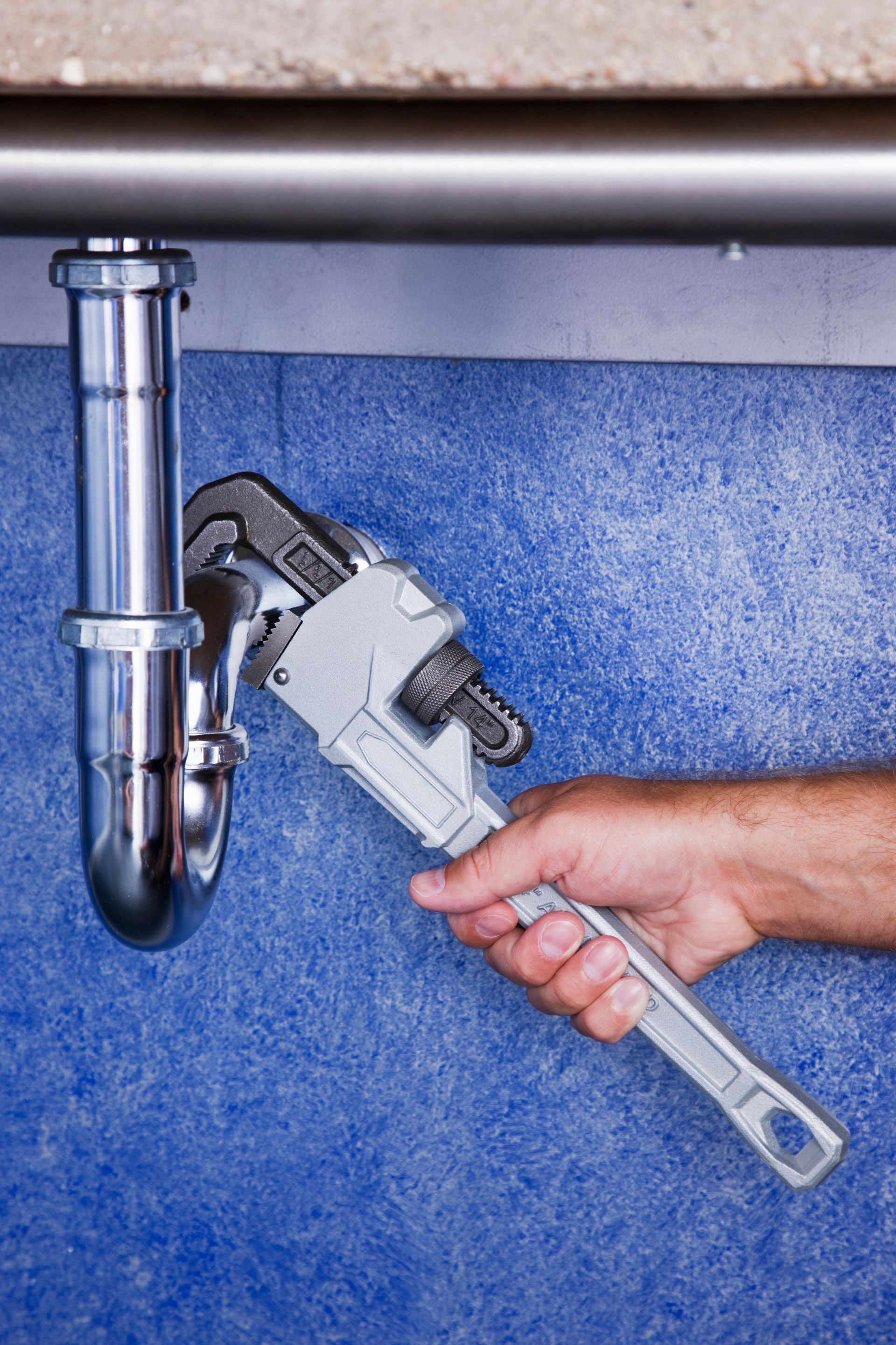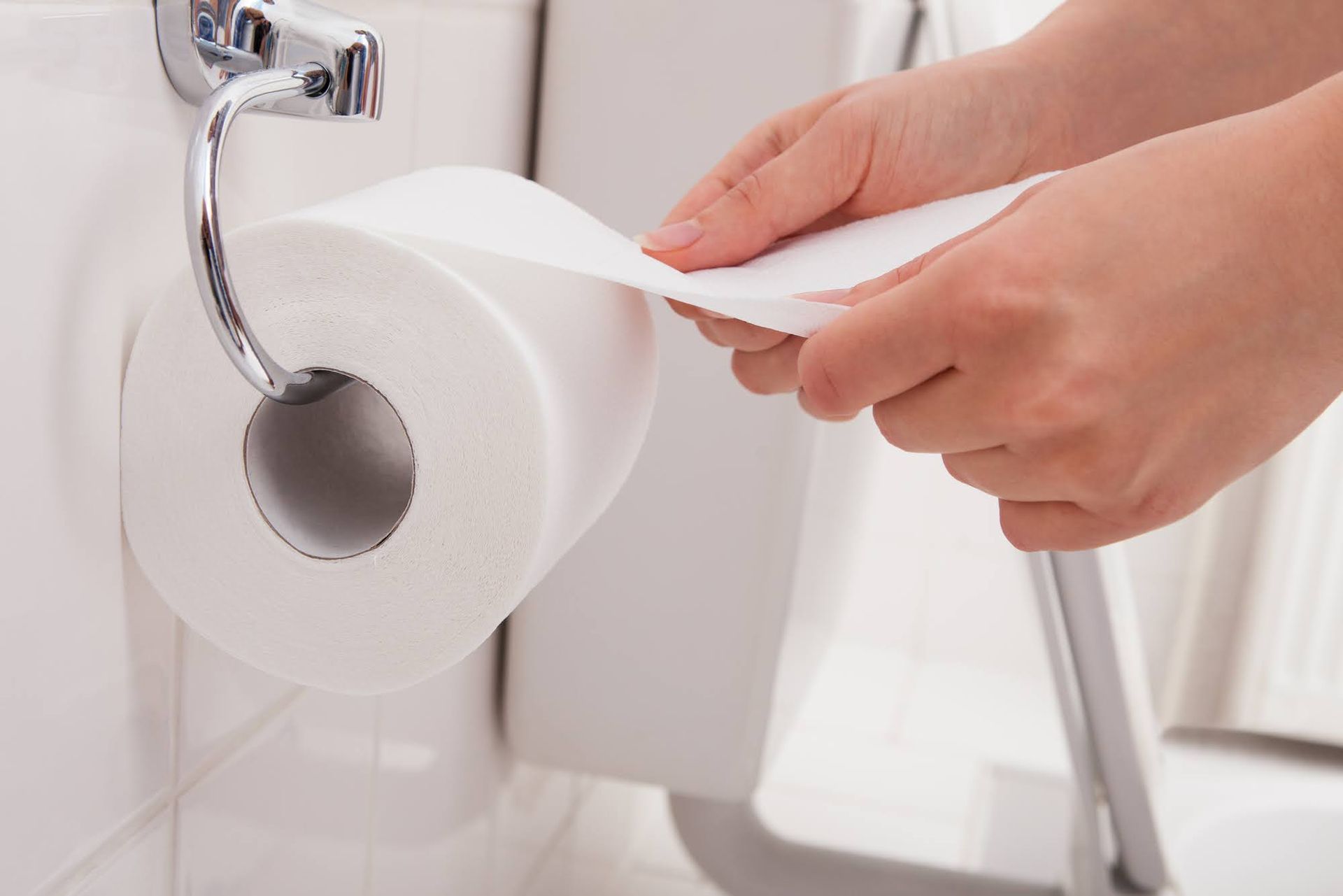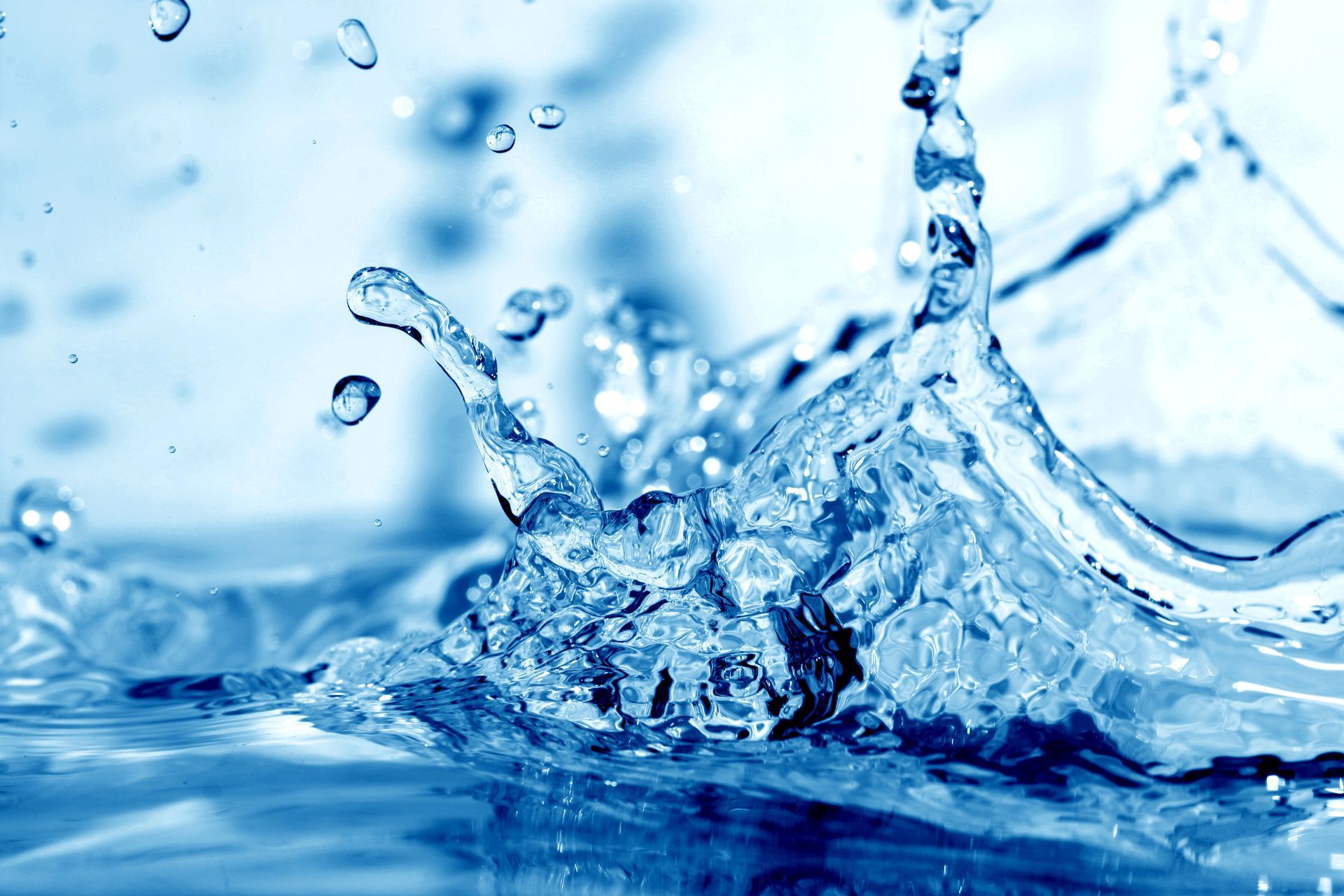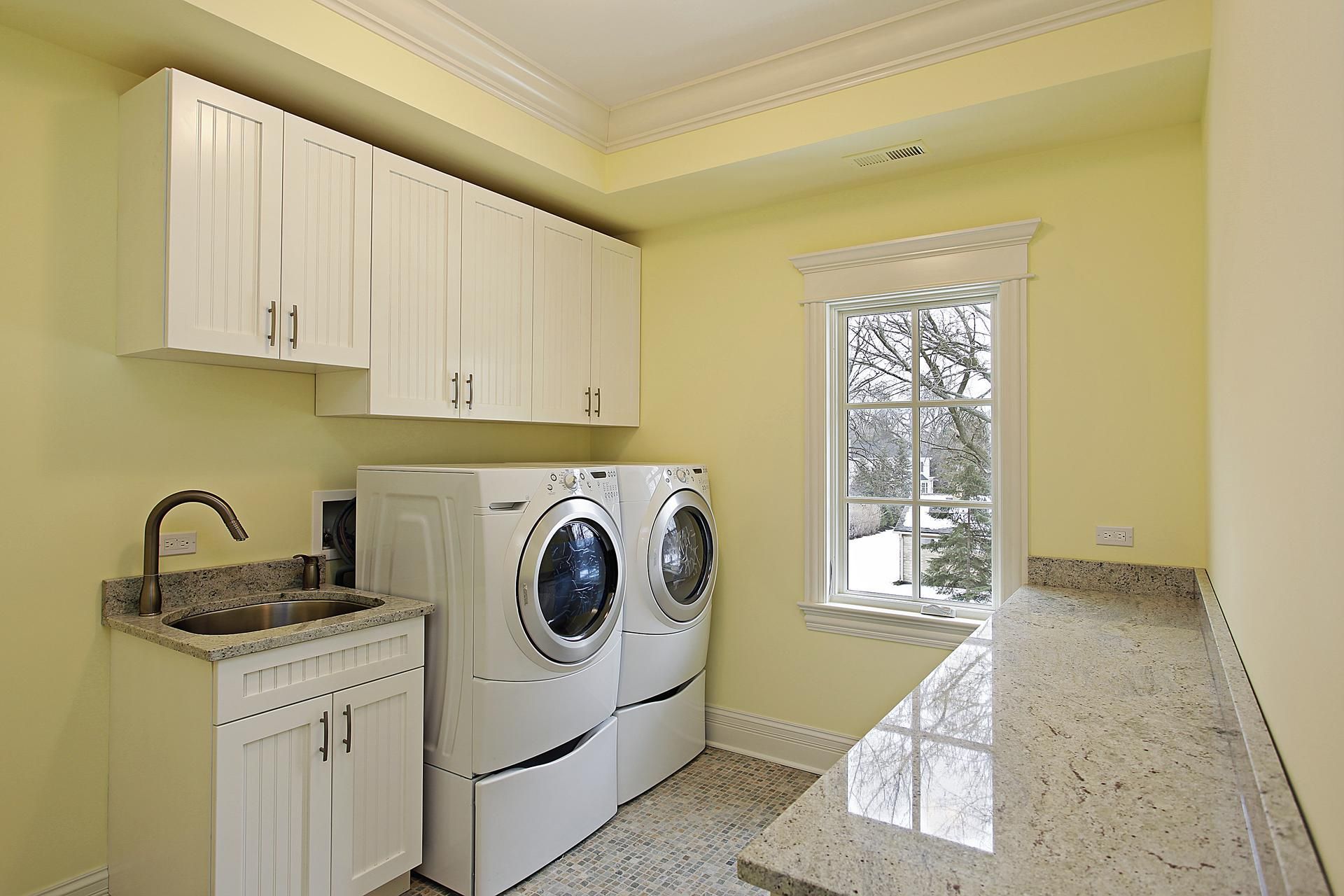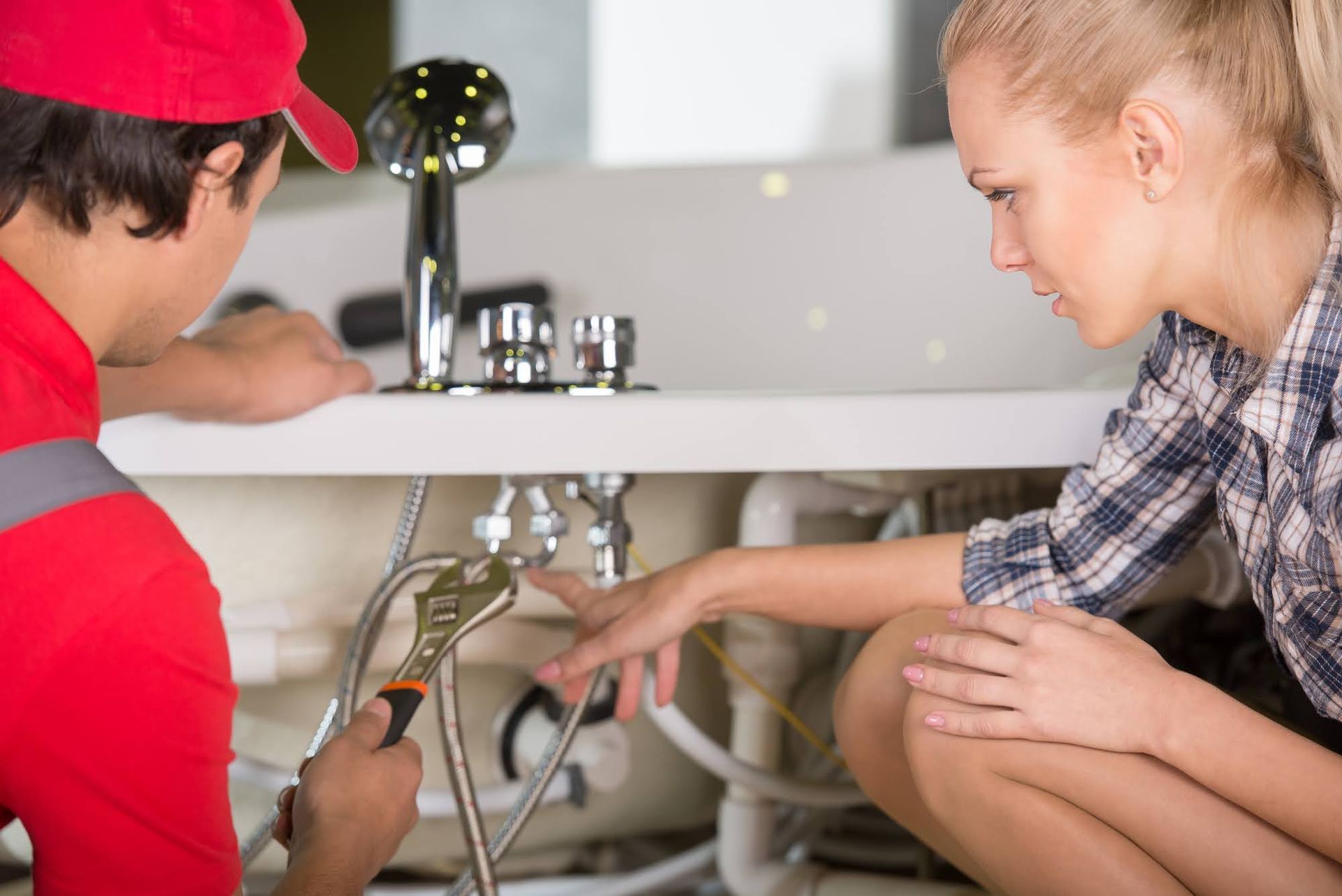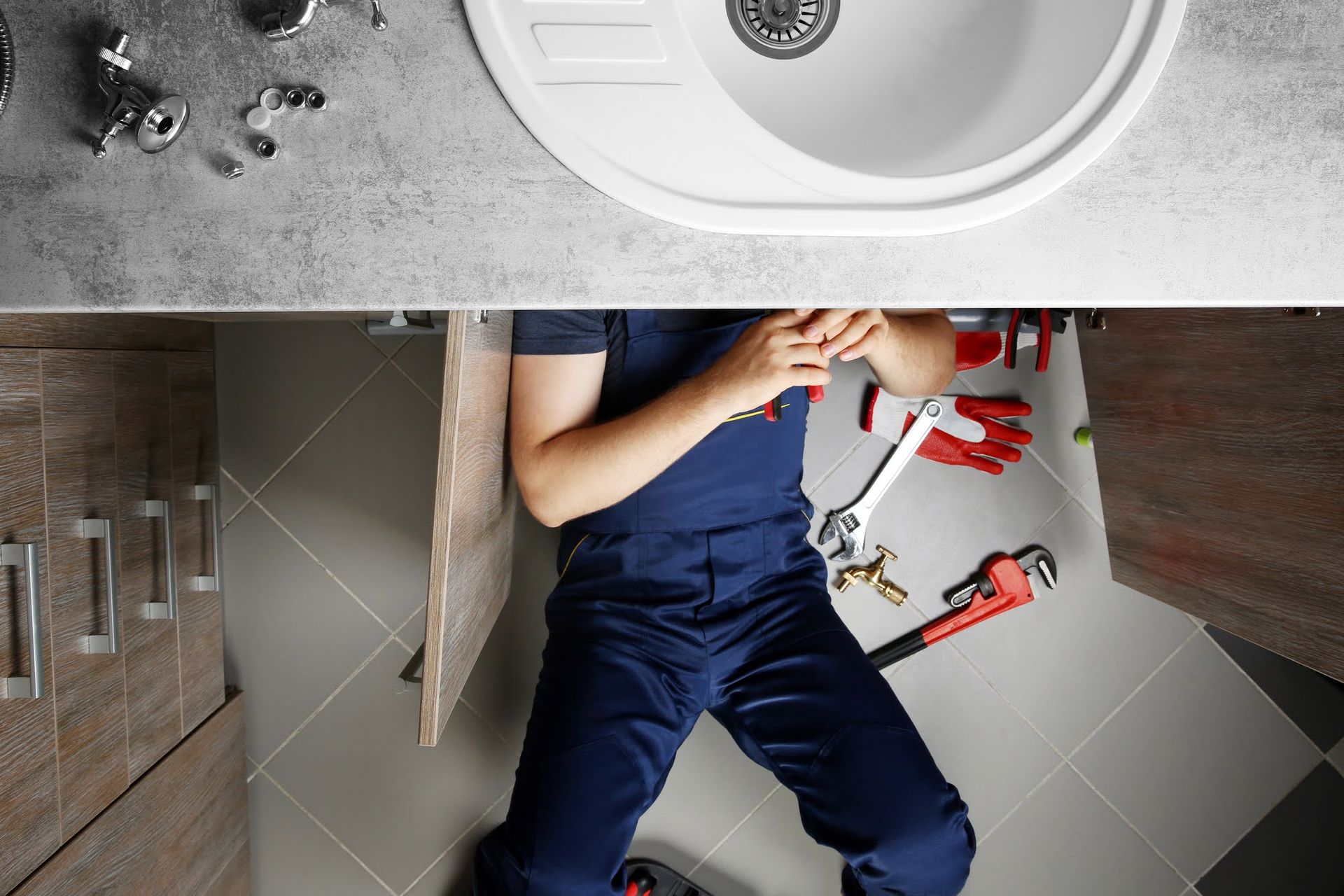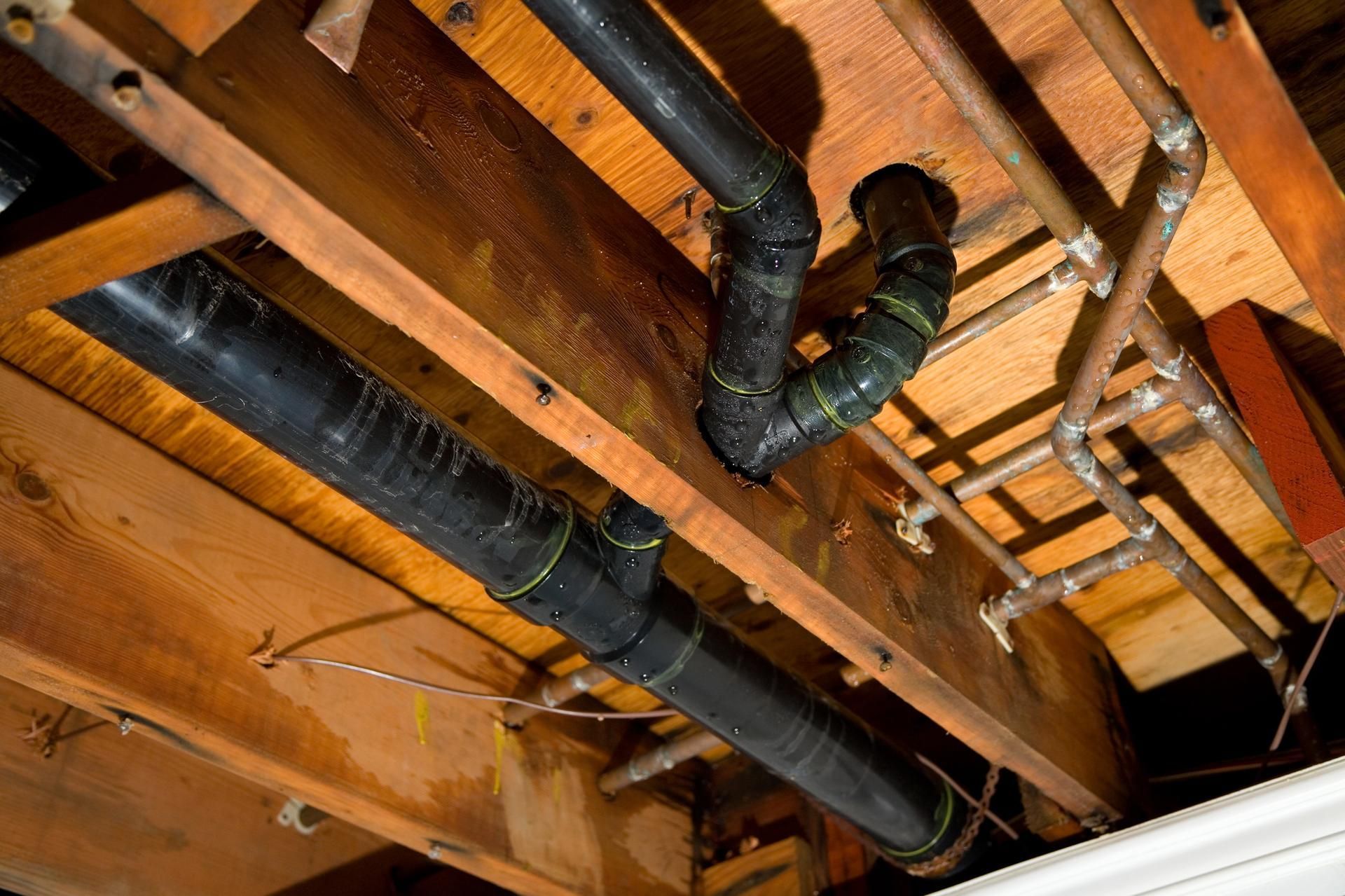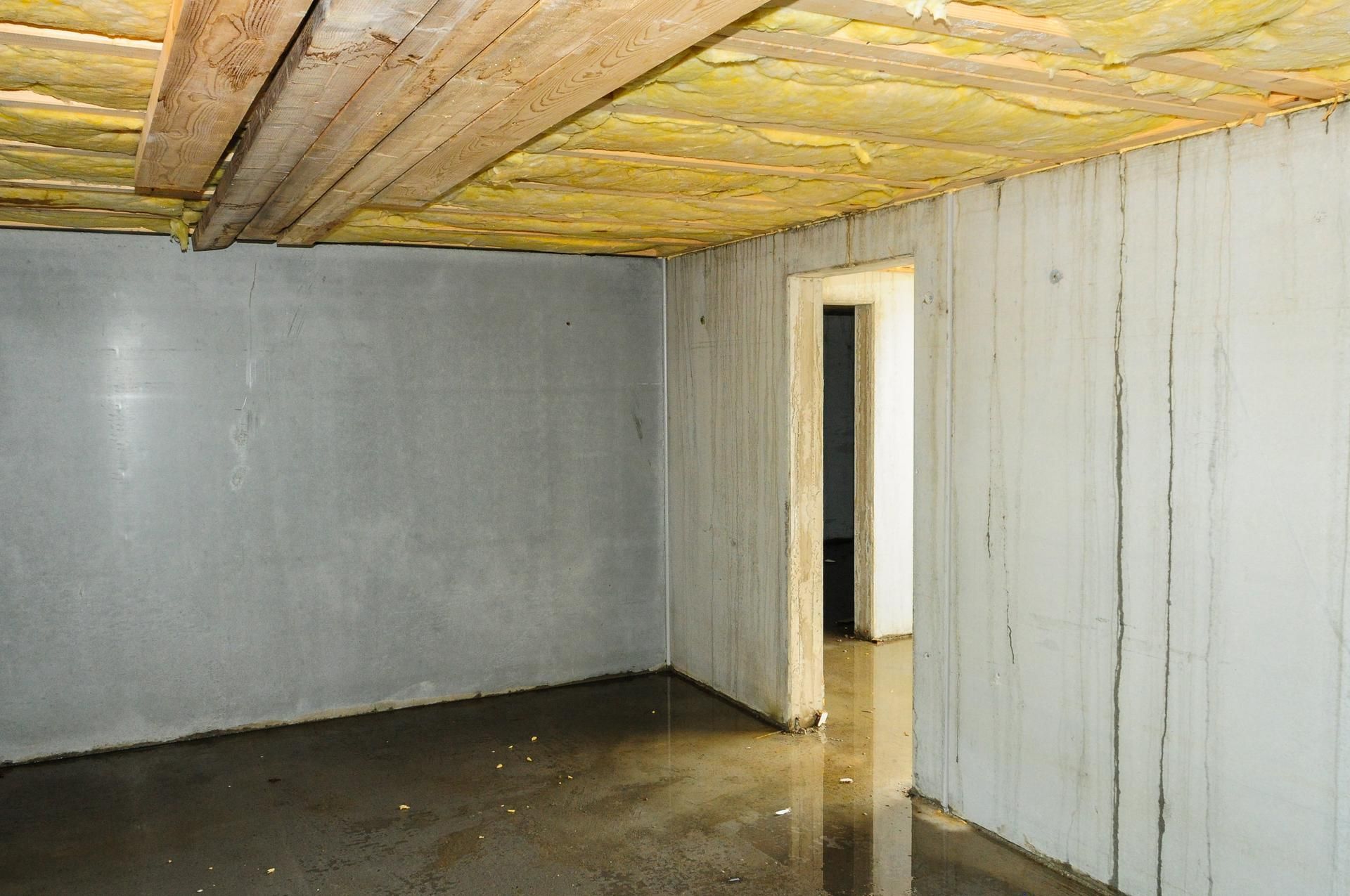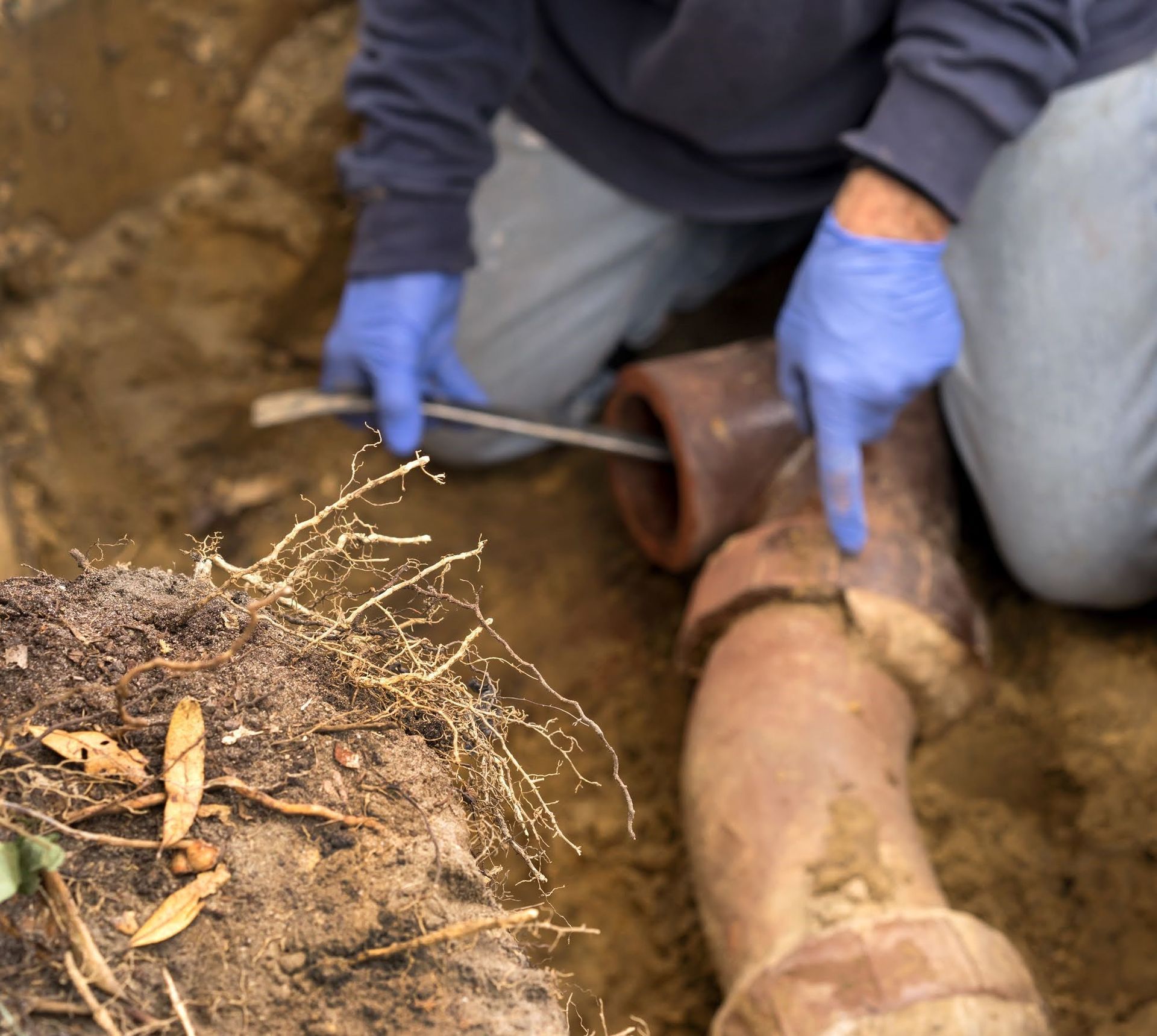Blog


Top 4 Plumbing Issues Common in Older Homes
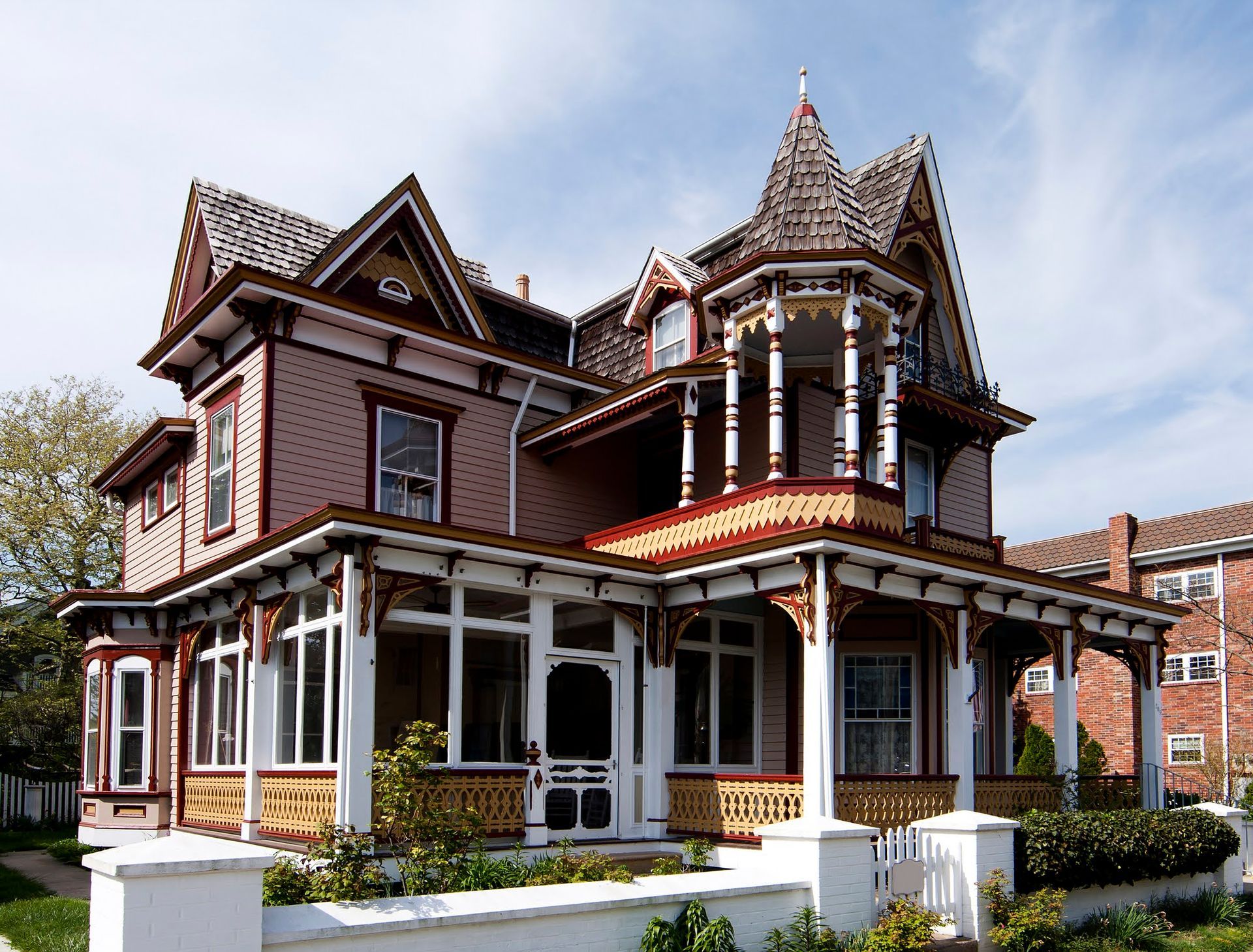
Old homes have vintage charm, antique interiors, and superior furniture. But the homes have outdated fixtures and may miss many plumbing technologies available in modern homes. The plumbing in the home may have also worn out over the years.
Keep reading to learn the common plumbing issues that your old home may face.
1. Outdated Fixtures
Older fixtures may contain better materials than the latest homes, but the material will have worn out with time. For example, handles, washers, valves, and faucets can start to leak. Nasty smells may also emanate from the spigots and the water fixtures in the old home. Many of these problems go unnoticed until they cause a massive problem, such as flooding.
Over time, vast amounts of limescale can accumulate inside the faucets and affect water quality and pressure. Hire a professional to audit all plumbing fixtures in the old home. Also, replace most of these items and upgrade to advanced fixtures, especially if utility bills start to increase suddenly.
2. Pipe Bellies
Natural processes cause old homes to move and settle over time. As the home shifts, pipes buried underneath the house can start sloping. If the pipe moves downwards, a pipe belly may form, meaning the pipe has a negative slope that blocks water flow. This creates blockages that may result in water pooling and leaking.
If the negative slope spreads to other pipes, sediment will build up in the pipes and increase the risk of toxic wastewater accumulation. With time, you will notice water leaking through the home's foundation. Isolated green patches of grass in your yard, nasty smells, and slow drains are also signs of bellied pipes.
3. Root Intrusion and Faulty Sewer Lines
Large trees often surround old homes and can affect old sewer lines that are out of sight. Old sewer lines can have small leaks that allow moisture to escape from the pipes. Roots of nearby trees and shrubs will grow towards the pipes and use the moisture as a type of natural fertilizer. At some point, the roots will grow into the lines and cause the lines to clog and crack.
Root intrusion is not immediately apparent because the lines are hidden underground. Only a plumbing professional can inspect the pipes and conduct possible repairs. Regular unclogging and maintenance of sewer lines and septic tanks can prevent the problem from getting worse. Also, schedule frequent septic tank pumping to remove any clogs.
4. Outdated Pipes
Lead was the preferred material for pipes in homes for many years. But the U.S. banned the use of lead, giving way to other types of metal materials, such as galvanized steel. Most old homes use piping systems with galvanized steel. However, galvanized steel is highly susceptible to corrosion and can increase the amount of rust in drinking water.
Once galvanized pipes fell out of favor, plumbers began to use polybutylene. But polybutylene wears and tears quickly and reacts adversely with chemicals in the water. Finally, the solution was to use PVC for drains and pipes in homes.
Your old home may contain galvanized pipes or even lead. These materials cause discoloration and reduce the quality and pressure of water. The lines may have also cracked and corroded, leading to frequent leakage problems.
If the pipes contain lead, the material might enter your body. The result will be irritability, memory loss, fatigue, and gastrointestinal issues. Lead may also harm infants and children. The solution is to hire a professional to check and replace your pipes if necessary.
The good news is that Complete Plumbing can troubleshoot and repair any plumbing problem in your old home. Our licensed and skilled plumbers can install or repair sewer, water, and gas lines. Contact us today to benefit from years of experience and the latest plumbing techniques.
Installation
Services
and Military Discount
- Master Plumber License #1555
- Ohio License #33764


